| Dates | Keynotes | Program | Registration |
The International Symposium on Mobile Mapping Technology (MMT) is the premier event traditionally jointly organized by the ISPRS, FIG, and IAG. The symposium has been organized on a two-year basis since 1997, when The Ohio State University hosted the first International Conference on Mobile Mapping Systems.
MMT symposium is a major forum for discussing recent research and developments in mobile mapping technology, including systems and applications, providing a platform for international scholars, scientists, industry professionals, decision makers and students to exchange knowledge and share experiences on the most recent MMT developments. The continuing advancements of mobile mapping technology, remote sensing and geospatial information science greatly influence almost all aspects of geomatics surveying practice and have direct impact on our everyday life. The market share of mobile mapping, remote sensing, satellite imaging and geospatial information systems has significantly grown in the last decade and it is expected to increase even at a faster rate in the future.
The Symposium will cover the entire spectrum of the latest developments in mobile mapping technology, including research, algorithm implementation and system developments, ranging from land-based to airborne platforms, from direct georeferencing to sensor integration, from mobile data collection to dynamic GIS management, from positioning to mapping, from autonomous vehicles to drones, from data analitycs to artificial intelligence tools to support geospatial data understanding and interpretation, moving from post-processing to real-time operations.
The Interdepartmental Research Center of Geomatics (CIRGEO) of the University of Padua is honored to host the 12th International symposium on Mobile Mapping Technology in Padua (Italy), on May 24-26, 2023.
The day before the conference, a Mobile Mapping School will be also provided to those all who are interested to follow courses on this field.


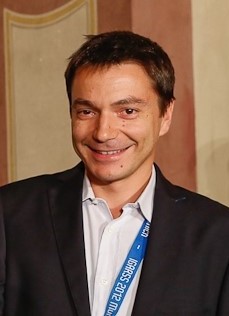

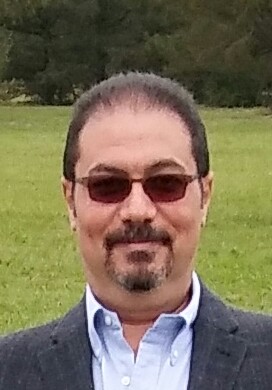

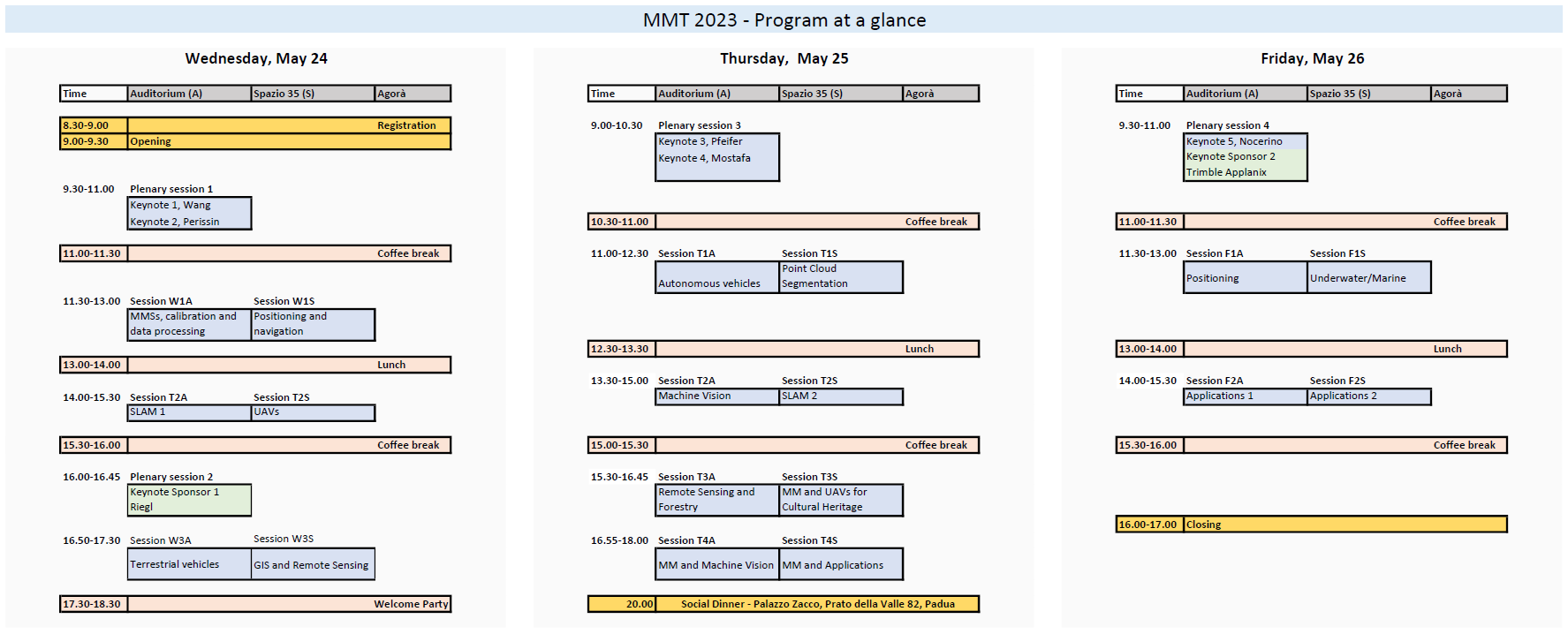
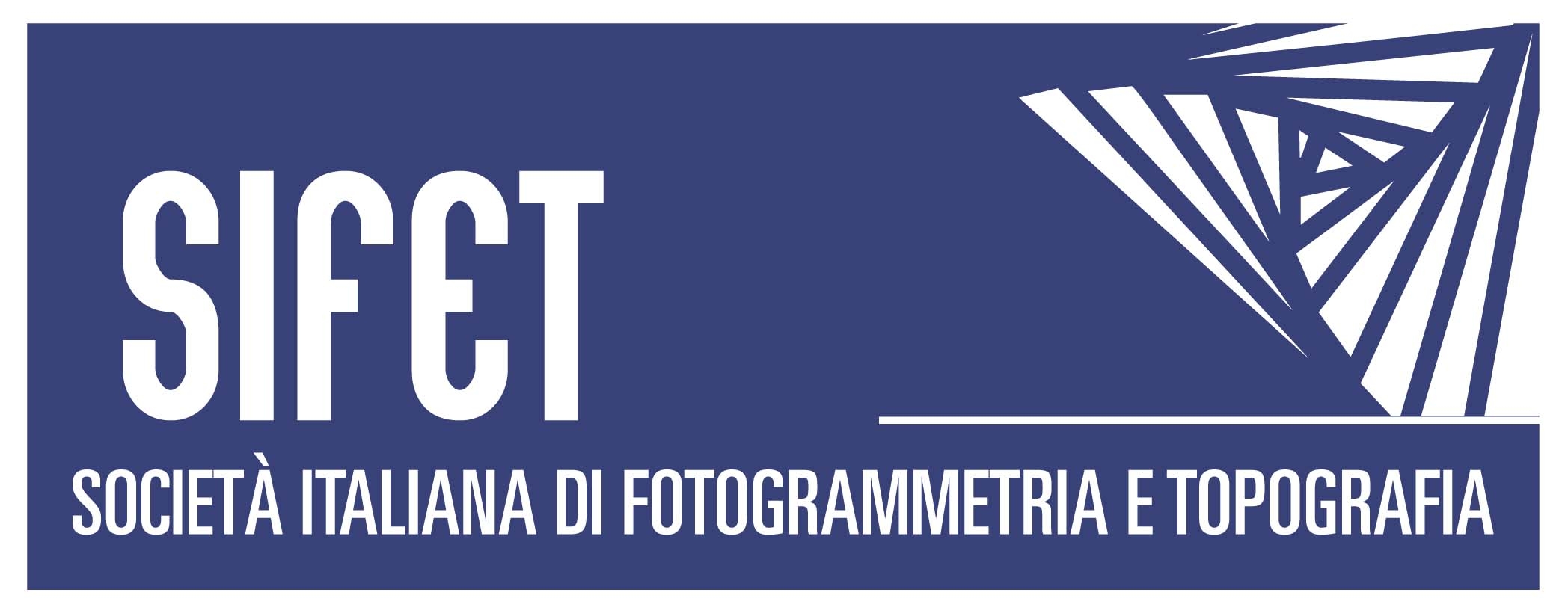
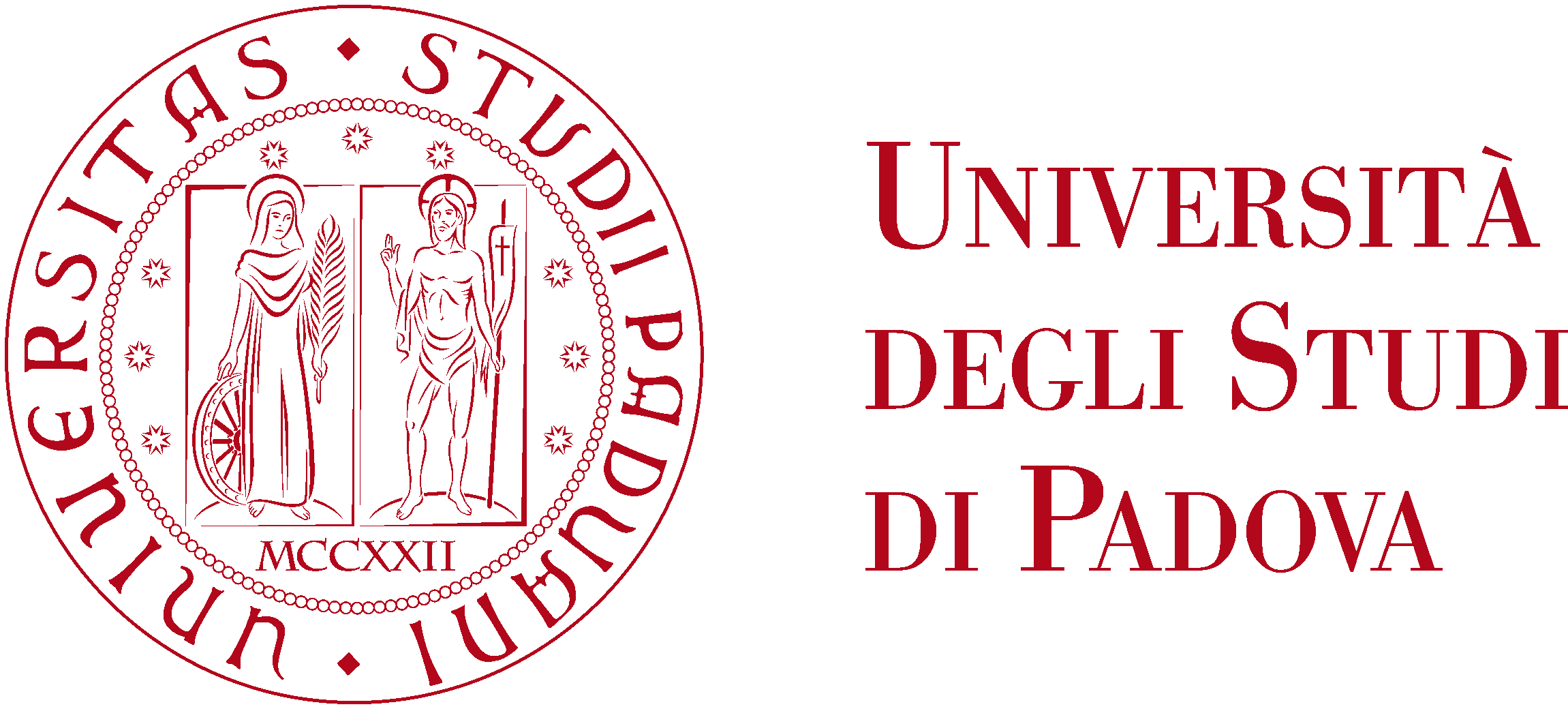






.jpg)


